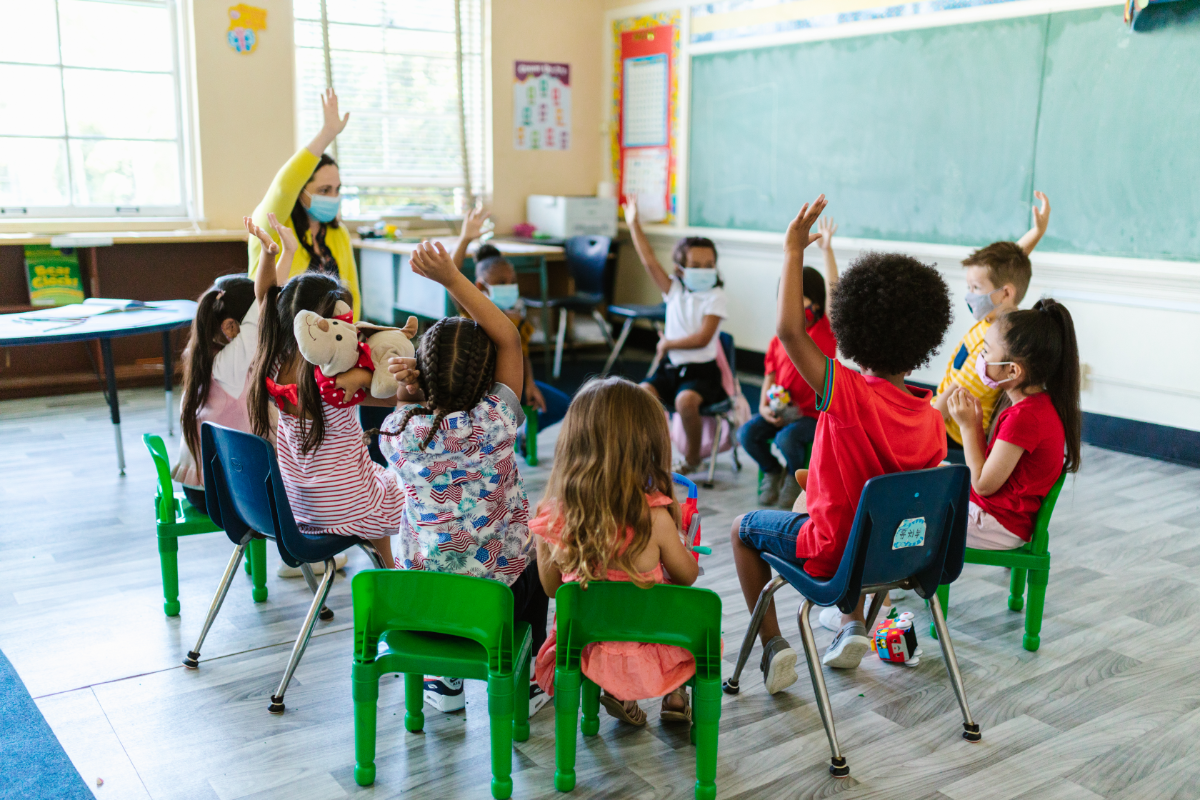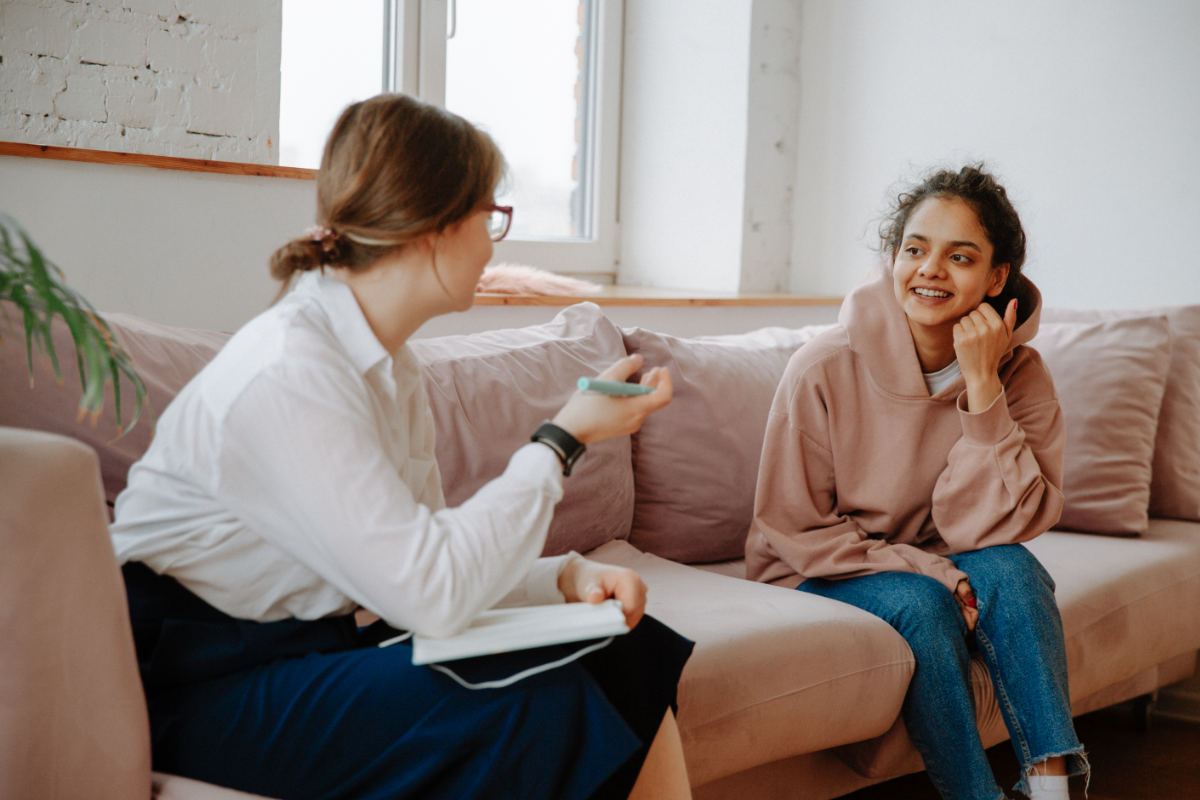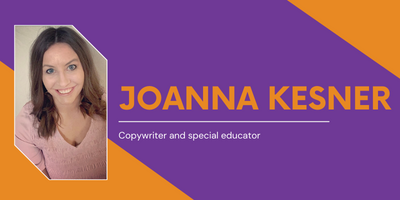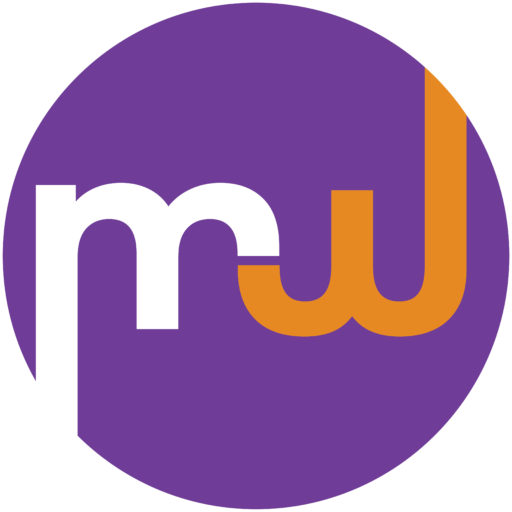Photo by corelens
Navigating an Individualized Education Plan (IEP) can be daunting. Thankfully, once you familiarize yourself with the various IEP terms and acronyms you navigating the world of special education becomes easier. Below are the basic terms, roles, and definitions commonly found in an IEP to help ease your journey.
The IEP Team
- Intervention Specialist (or Special Education Teacher) — This professional provides academic and behavioral support.
- Occupational Therapist — This person helps a child succeed academically and mentally in daily school routines.
- Speech-Language Pathologist — This individual administers language services to qualifying students.
- Physical Therapist — This professional oversees gross motor support.
- General Education Teacher (or Classroom Teacher) — This team member provides information related to grade-level instruction.
General IEP Terms
- IEP — This is an outline of the special education goals, services, and assistance. An IEP is based on the needs of a student. Ultimately, it’s created once they qualify for special education services.
- IDEA (The Individuals with Disabilities Education Act) — This act was signed into law in 1975. It ensures that children with disabilities have the same educational opportunities as other students.

- ESY (Extended school year) — This period occurs when regular school is not in session and is for special education services. Typically, it occurs during the summer.
- Due process — This is a formal process for resolving special education and IEP disputes.
Annual Measurable Goals in an IEP
- Annual Measurable Goals — These are based on the student’s needs. The Evaluation Team Report determines it. Similar to the IEP, these goals are reviewed and updated each year.
- Progress monitoring — Teachers monitor the progress of each goal. They assess each student throughout the IEP. Eventually, progress monitoring helps the team determine if additional intervention is needed.
- PLOP (Present Levels of Performance) — This section of the Annual Goals provides a statement of the current levels of the student’s academic and functional performance.

IEP Locations
- Resource room — This is a classroom for students with disabilities.
- General education classroom — This is the room where students with and without disabilities receive their instructions.
- LRE (Least Restrictive Environment) — This space that ensures that children with disabilities are educated alongside their peers.
Specially Designed Instruction
- SDI (Specially designed instruction) — This is a delivery method. It is based on the student’s individual needs.
- Accommodations — These are forms of support. Students may need them to access the curriculum. An accommodation can be a break, small group testing, extended time on tests or assignments, math manipulative or a calculator, or a number line.
- Modifications — These are changes to the curriculum. These modifications include alternate and shorter assignments.
- Assistive Technology — This is a service or device that allows individuals to perform a task, despite their limitations or challenges. For example, it can be a text-to-speech software or other communication software.
MindWorks Collaborative would love to invite you to learn more about interrupting the Model Minority Myth. Join future conversations on this topic by signing up for our community of justice-driven special educators here and sign up to get alerts for our next roundtable.

Guest Blogger Profile: Joanna Kesner is a copywriter and special educator. As a copywriter, she provides email marketing and blogs for small businesses. When she isn’t writing, she spends her time keeping up with her four kids and all their activities.


Recent Comments